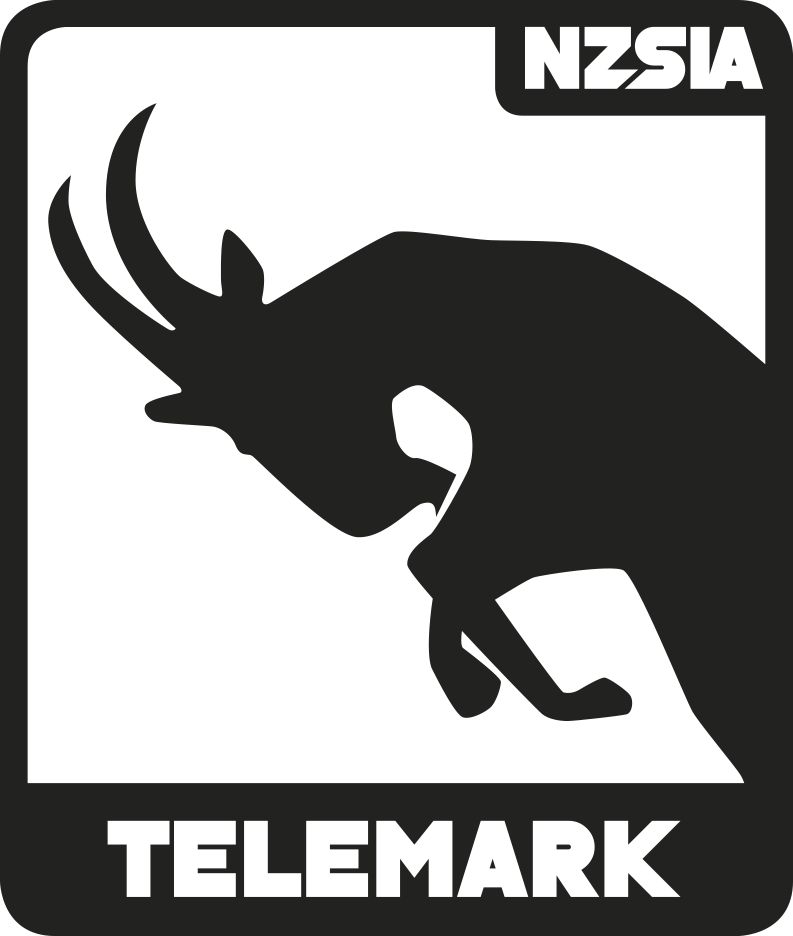How People Learn covers some of the core elements of how and why people learn. Creating an environment where people are able to learn is more important than the technical aspects of skiing (or any activity). Understand and discover more about how people process information and develop skills.
Learning Process – Skill Acquisition
It is important for an instructor to understand the learning process that students go through as they develop their technique and acquire new skills.
Fitts and Posner (1967) developed a theory that suggests learning movements is a sequential process. This process is broken down into three phases:
Instructors can better guide their students by understanding what is happening physically and mentally during each phase, allowing for decisions and activities that best suit the needs of the student at each stage of their learning.

Cognitive Phase
In this phase, students are introduced to a new movement or activity. Their main goal is to understand what is being asked of them and form a mental picture of the skill. To achieve this, students need to develop an understanding of:
Students experiment with different strategies for success through trial and error, receiving feedback to refine their approach. This phase requires considerable mental concentration.
Hot Tip
Feedback during the cognitive phase should be simple, general, and immediate to enhance performance. It helps students understand their current performance and identify what needs to change.
Example
A student attempting a lead change in a straight run for the first time might perform it inaccurately:
- The lead change may be asymmetrical,
- The student might be off-balance,
- The skis may shoot out from under them.
Cognitive Phase Characteristics
- Students need demonstrations and verbal explanations.
- Trial and error is common, and performances will be inconsistent.
- Expect errors at this stage.
Associative Phase
Once students understand the movement and begin producing consistent results, they enter the associative phase. In this stage, learners start to adjust body and ski performance to find the desired outcome and begin to self-analyze their performance.
Improvements are gradual, and movements become more refined. This phase requires concentration and external feedback. Refinement happens during this phase, and students may require feedback on specific details of the skill.
Hot Tip
Feedback should be supportive and positive during the associative phase, recognizing the ongoing trial and error, as well as the student’s self-correction.
Example
Once students can perform a lead change, they begin to refine and master individual components of the skill. They may notice muscle fatigue in the thighs and start to self-correct their posture based on the cause-and-effect relationship they are learning.
Associative Phase Characteristics
Hot Tip
Guided practice, allowing for mistakes and recognizing more efficient choices, is key to success during this phase.
Autonomous Phase
In the autonomous phase, students produce the new movement with minimal conscious effort. The skill becomes automatic, and the student demonstrates this phase by producing the desired result almost instinctively.
This stage can be reached quickly for some skills or take weeks or months for others. Students at this stage can reflect on their abilities and adapt the skill to different terrain or conditions.
Hot Tip
Feedback should still be supportive and positive, but you can increase the challenge to see if students can adapt to new situations.
Example
A student who has mastered the wedge will be able to maintain this skill when learning how to turn. More accomplished skiers may start the season with a lower skill level than they ended with the previous season, but their skills will return quickly with practice.
Autonomous Phase Characteristics
Teaching Strategies for Each Phase
Cognitive Phase
Associative Phase
Autonomous Phase


